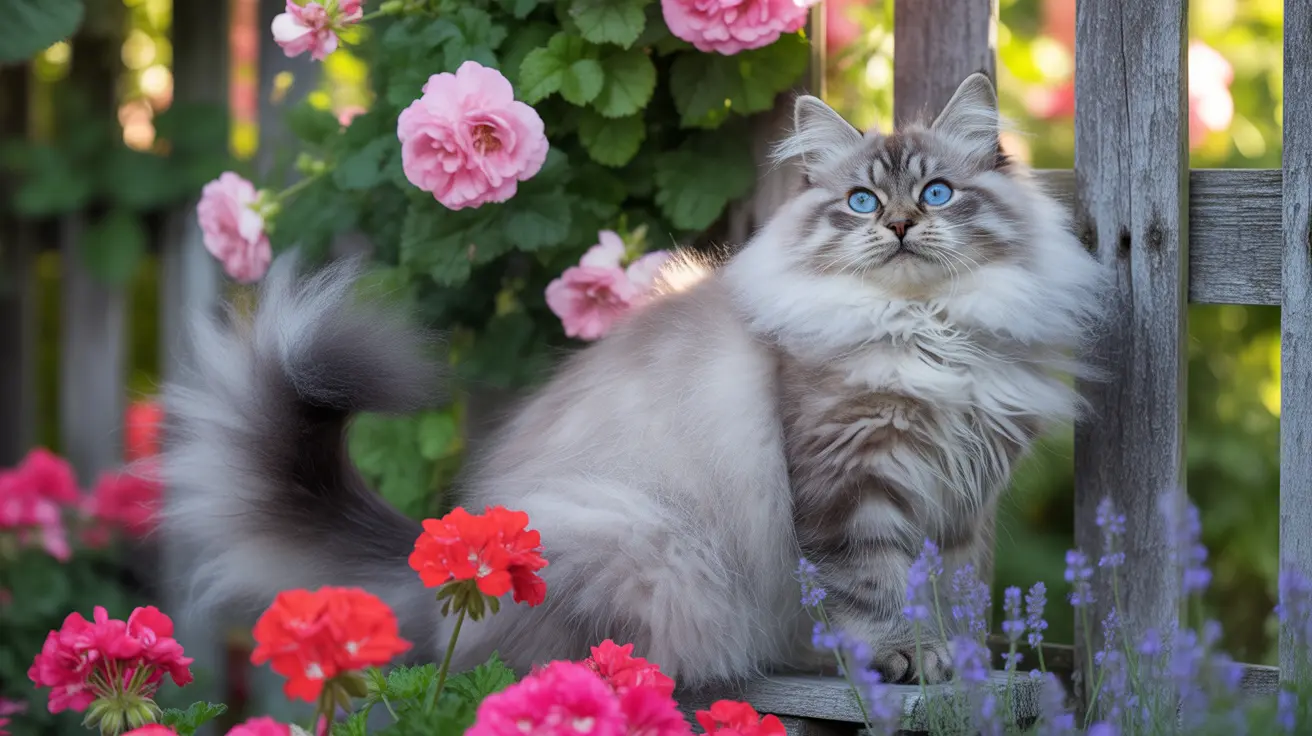Keeping cats safely contained within your yard can be a challenging task for pet owners. With their natural agility and climbing abilities, cats often view fences as mere obstacles to overcome rather than boundaries to respect. However, with the right combination of physical barriers and behavioral strategies, you can effectively prevent your feline friend from jumping over fences while still allowing them to enjoy outdoor time safely.
In this comprehensive guide, we'll explore proven methods to keep your cat within your property boundaries, from practical fence modifications to behavioral training approaches that actually work.
Essential Physical Barriers for Cat-Proof Fencing
Optimal Fence Height and Design
The foundation of effective cat containment starts with proper fence height. A minimum height of 6 feet (1.8 meters) is recommended, though particularly athletic cats may require taller barriers. The fence should be solid and sturdy, without any loose boards or gaps that could serve as climbing aids.
Rolling and Angled Barriers
Installing roller bars or Oscillot systems at the top of your fence creates an effective deterrent. When cats attempt to grip the top of the fence, these mechanisms rotate, preventing them from gaining the foothold needed to jump over. Similarly, installing mesh or netting at a 45-degree inward angle can discourage even the most determined climbers.
Strategic Environmental Modifications
Eliminating Launch Points
Remove or relocate items that cats might use as springboards, such as:
- Garden furniture near fence lines
- Trash bins or storage containers
- Low-hanging tree branches
- Decorative elements that could serve as stepping stones
Ground-Level Deterrents
Install scat mats or similar harmless deterrent products at the base of the fence to discourage initial climbing attempts. These work particularly well when combined with upper barrier systems.
Behavioral Management Techniques
Creating Engaging Alternatives
Provide enriching activities within your yard to reduce your cat's desire to escape:
- Install climbing posts and scratching stations
- Create designated sunbathing spots
- Set up interactive play areas
- Plant cat-friendly herbs and grasses
Supervised Outdoor Time
Initially supervise your cat's outdoor activities to establish boundaries and reinforce positive behavior. This helps create lasting habits while ensuring their safety during the training period.
Long-Term Solutions and Alternatives
Enclosed Outdoor Spaces
Consider installing a "catio" or enclosed outdoor run, providing a completely secure space for your cat to enjoy fresh air and outdoor stimulation without risk of escape.
Professional Installation Options
For guaranteed results, consider professional fence modification services that specialize in cat containment systems. While more expensive than DIY solutions, these often come with warranties and proven track records of success.
Frequently Asked Questions
What are the most effective physical barriers to prevent my cat from jumping over fences?
The most effective physical barriers include roller bars (Oscillot systems), angled mesh extensions installed at 45 degrees, and chicken wire overhangs extending 12-24 inches outward. These work best when combined with a fence height of at least 6 feet.
How high should a fence be to reliably stop cats from escaping?
A minimum height of 6 feet (1.8 meters) is recommended for basic cat containment. However, for especially athletic cats or in areas with accessible launching points, fences may need to be 7-8 feet tall for reliable containment.
Can roller bars or spinning pipes really keep cats from climbing and jumping fences?
Yes, roller bars and spinning pipes are highly effective deterrents. When properly installed, these systems prevent cats from gaining the grip needed to climb or jump over fences, as the rolling motion defeats their attempt to secure a foothold.
What behavioral strategies can help reduce my cat's motivation to jump the fence?
Key behavioral strategies include providing enriching activities within your yard, establishing regular outdoor routines, spaying/neutering to reduce roaming instincts, and using positive reinforcement to reward staying within boundaries.
How can I safely provide outdoor access for my cat without risking escape?
The safest options include building a dedicated catio, using a secure outdoor enclosure, or creating a cat-proof perimeter with appropriate fencing modifications. Supervised leash time is also an excellent alternative for outdoor access.
By implementing a combination of these physical barriers and behavioral strategies, you can create a safe and enriching outdoor environment for your cat while ensuring they remain within your property boundaries. Remember to regularly inspect and maintain any modifications you make to ensure continued effectiveness.






